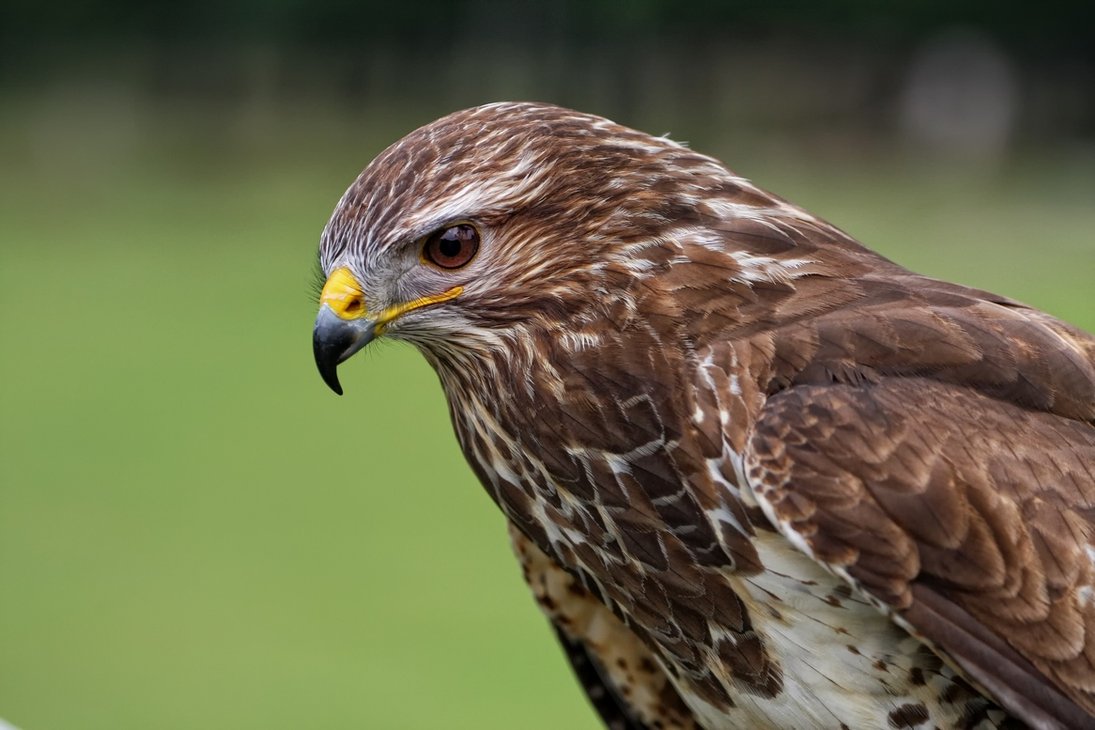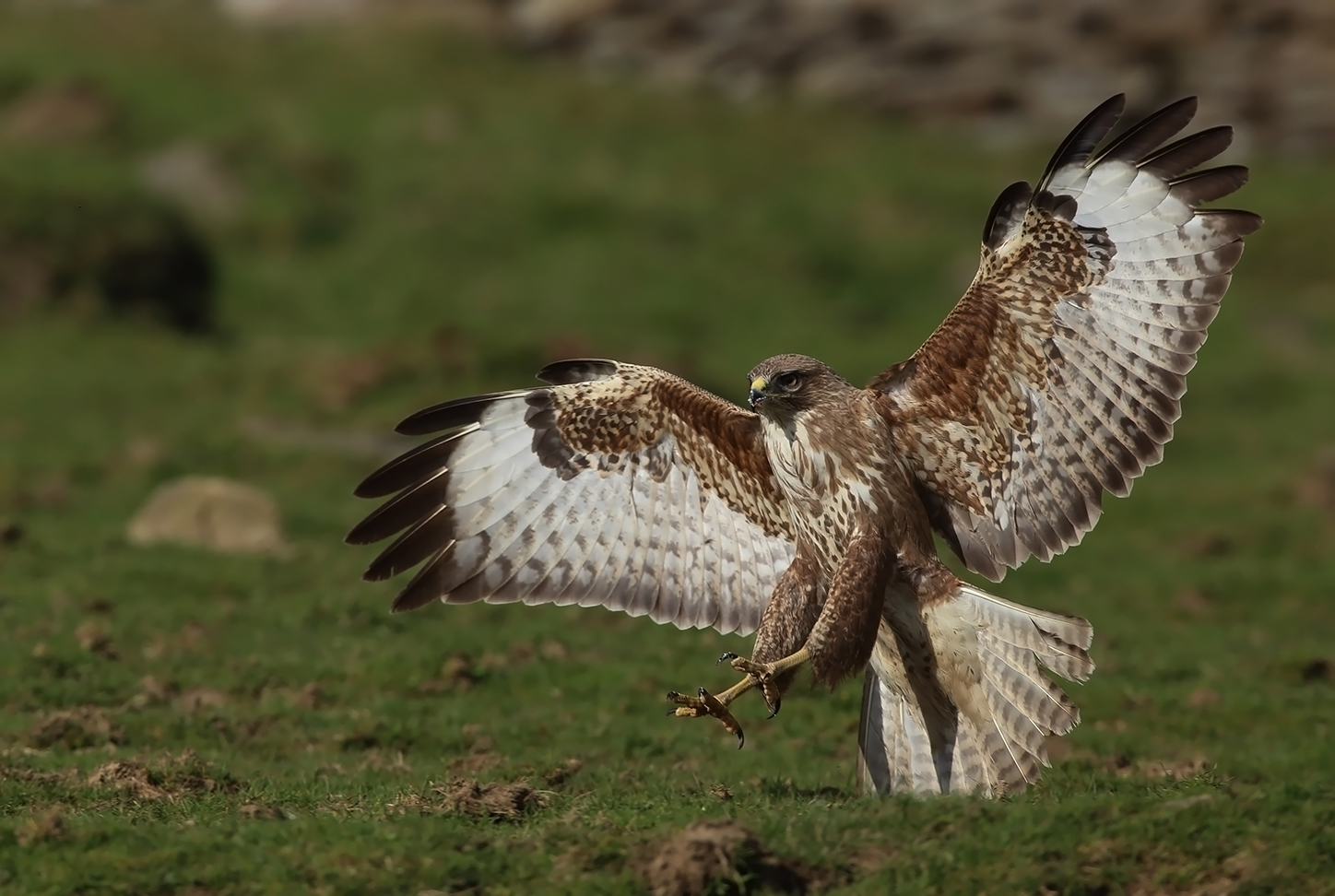

In the New World (Americas), buzzards are described as: Any raptor which has the word buzzard as part of its name.Specifically, in Europe, the Common Buzzard, Buteo buteo, where Buzzard is often used as a synonym.In the Old World, members of this genus are named as “buzzards”, but “hawk” is more common in North America. In particular, those in the genus Buteo.One of several medium-sized, wide-ranging raptors with a robust body and broad wings.In the Old World (Europe, Asia, Africa), buzzards are described as:

The hatchlings are usually covered with white down (varies by species).īuzzards are graceful flyers – soaring at great heights and moving their wings only to adjust to changing air currents. The average clutch consists of 2 to 3 eggs. They usually place their eggs in a depression in the ground. They mostly feed on birds or small mammals, or the remains of dead animals (carrion). In the New World (Americas), buzzards are described as:.In the Old World (Europe, Asia, Africa), buzzards are described as:.


 0 kommentar(er)
0 kommentar(er)
